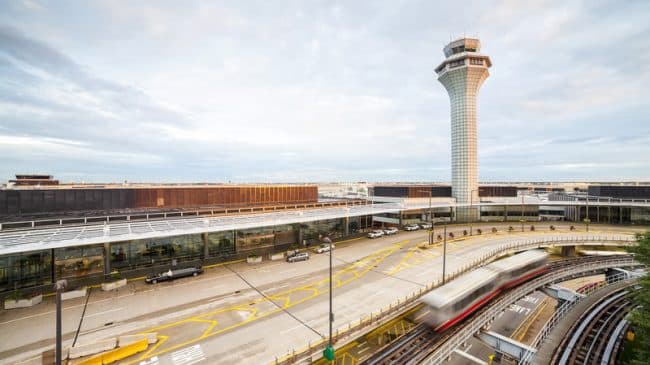My name is Robert Poole. I direct the transportation policy program at Reason Foundation, a nonprofit think tank with offices in Los Angeles and in Washington, DC. I’m a graduate of MIT with two degrees in mechanical engineering. I have been studying the performance of the U.S. air traffic control system since before the 1981 controllers’ strike. Since the first air traffic control corporatization in 1987 (Airways New Zealand), I have followed the progress of this change in the structure, funding, and governance of the entities providing this vital service.
Broadly speaking, I agree with the assessments made by the Federal Aviation Administration Management Advisory Council in January 2014 and many others about the problems plaguing the FAA’s Air Traffic Organization. These problems can be grouped into three categories:
- Funding: uncertain, unstable, and poorly suited to paying for large-scale capital modernization programs such as NextGen.
- Governance: a system with so many legislative branch and executive branch overseers that it focuses Air Traffic Organization management attention far more on overseers than on the organization’s aviation customers.
- Culture: an organizational culture that is very risk-averse and status-quo oriented.
These problems are all inter-related, but since the culture problem has received less attention than the others, I will focus mostly on that in my testimony today.
The five most detrimental aspects of organizational culture at the Air Traffic Organization are as follows:
- Self-identity as a safety agency, rather than as a technology user. This stems from the Air Traffic Organization being embedded within FAA, whose mission is safety. Nearly all the innovations relevant to NextGen come largely from the aerospace/avionics industry, which has a much more innovative, dynamic culture. All those companies are regulated at arm’s length by FAA safety regulators-but the Air Traffic Organization is embedded inside the aviation safety regulation organization.
- Loss of technical expertise. Partly due to its status-quo culture and partly due to civil service pay scales, the FAA has a chronic problem with not attracting or not being able to retain the best engineers and software professionals. This means that a lot of the detailed requirements for new systems end up being defined by contractors, which can lead to costly additions that make the systems more complex than is needed and more costly than necessary.
- Loss of management expertise. For the same reasons that FAA has limited technical expertise, it also has trouble attracting and keeping top-notch program managers who are used to being held accountable for results.
- Excessive oversight. Inherent in being a large government agency that is spending taxpayers’ money, the FAA must be held accountable to all the normal government overseers. The Air Traffic Organization must respond to oversight by the FAA Administrator, the DOT Secretary, the DOT Inspector General, the Office of Management & Budget, the Government Accountability Office, and up to 535 Members of Congress. Responding to all these overseers takes up a large amount of senior management time.
- Lack of customer focus. Because the Air Traffic Organization gets its funding from Congress, it ends up-de-facto-acting as if its customer is Congress, rather than the aviation customers it is set up to serve.
When I compared this set of problems with what I have observed over the past 15 years in corporatized air navigation service providers, the remedies appeared to be fairly straightforward.
Continue Reading the Full Testimony (.pdf)

